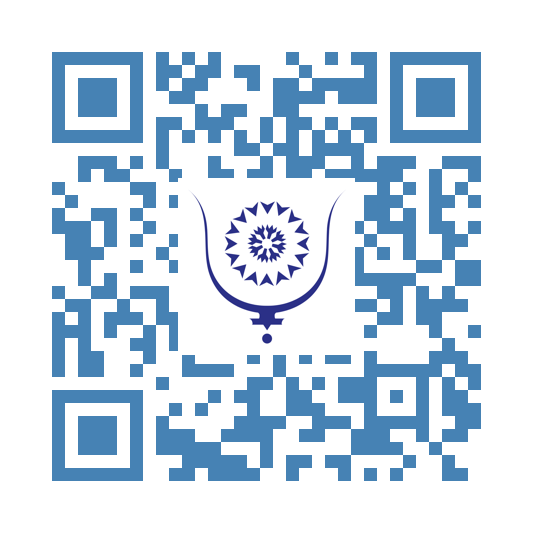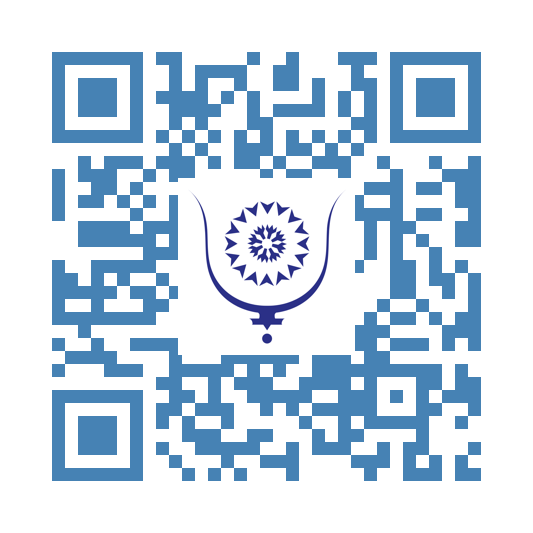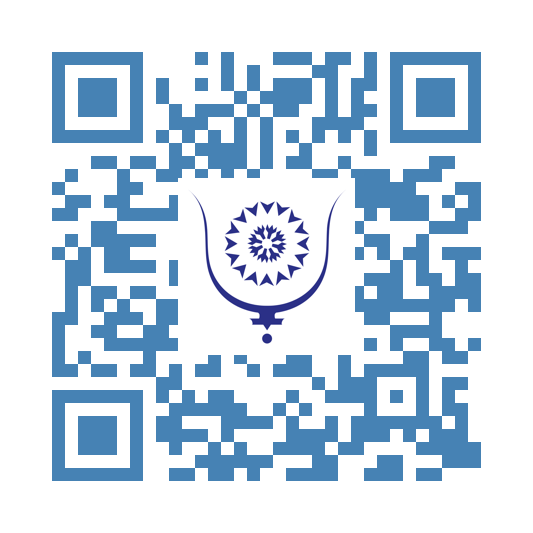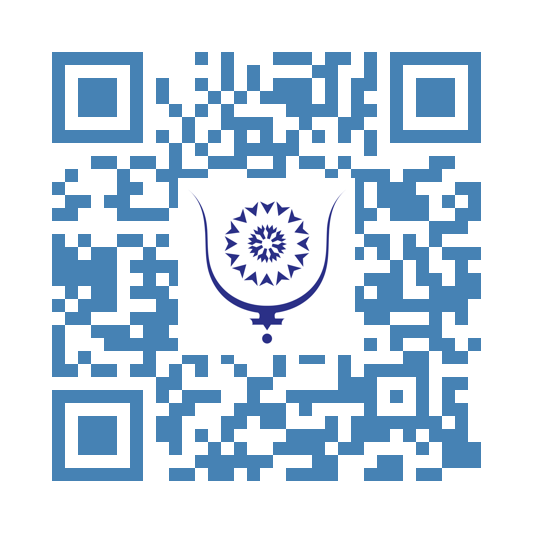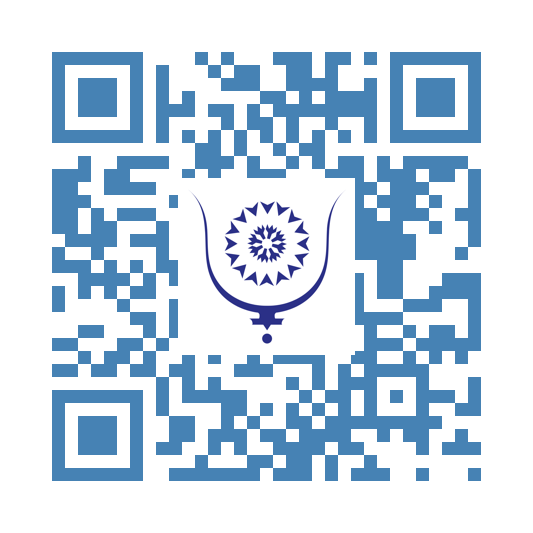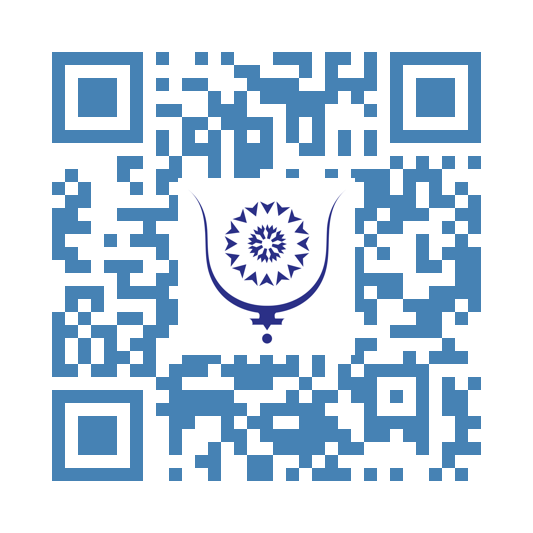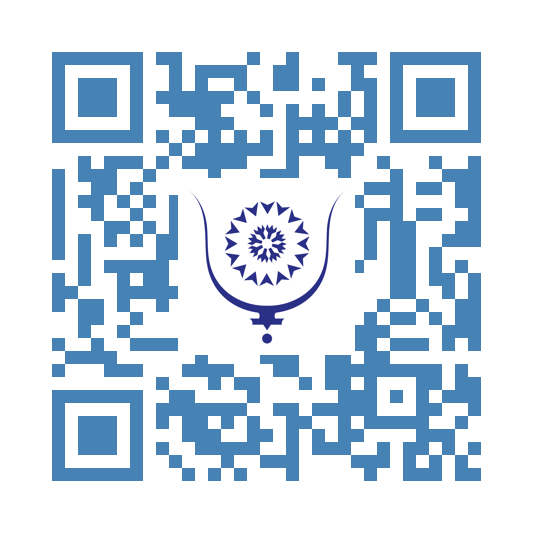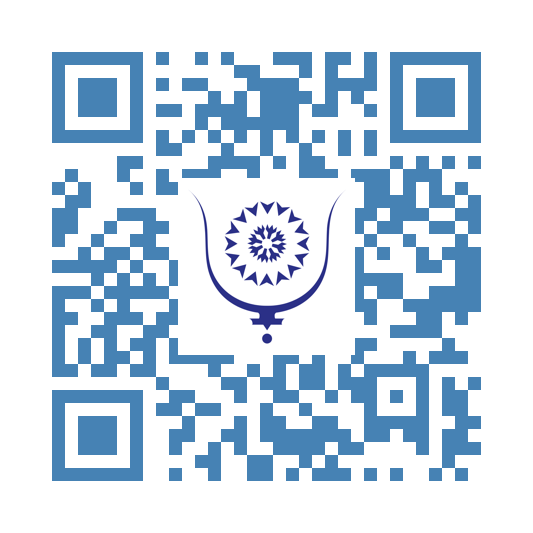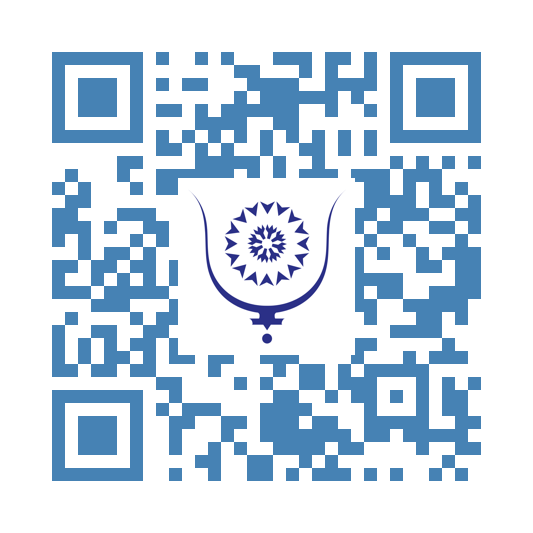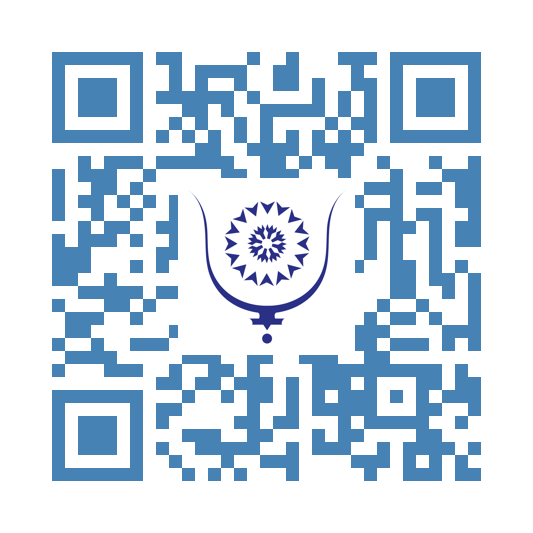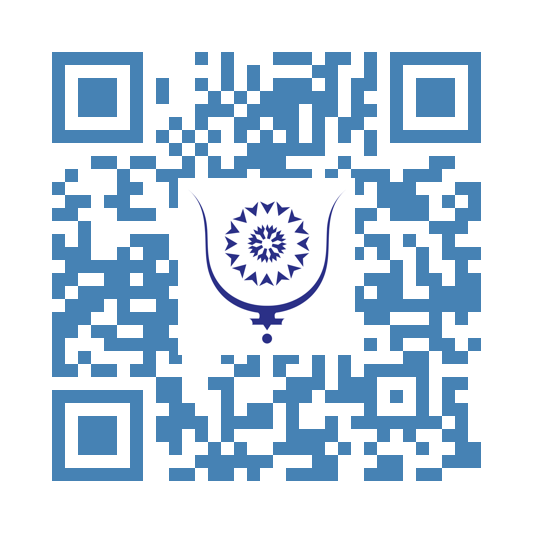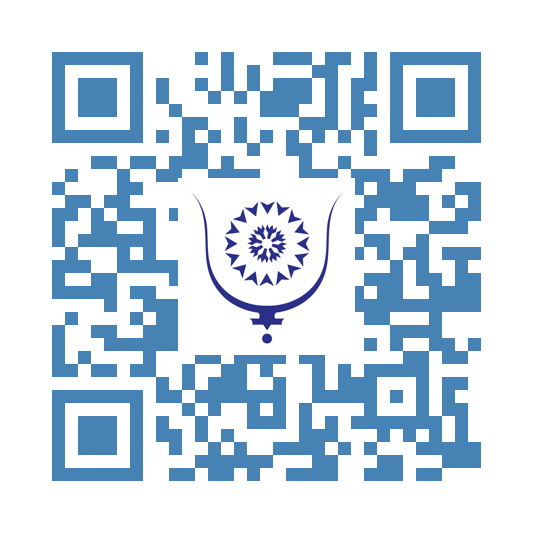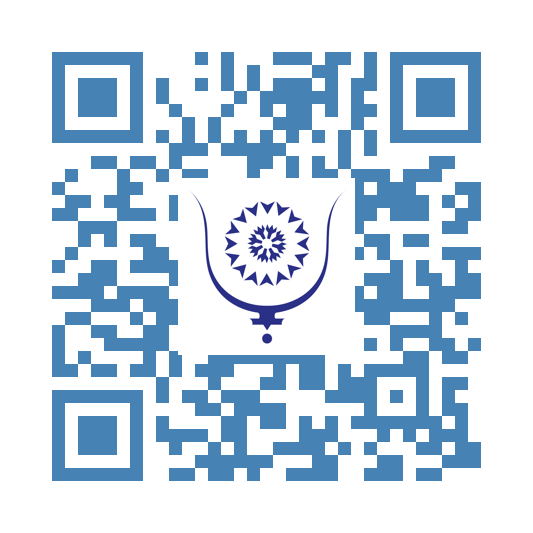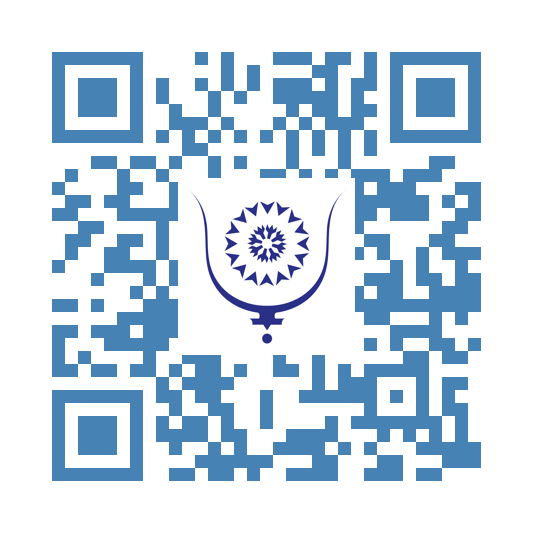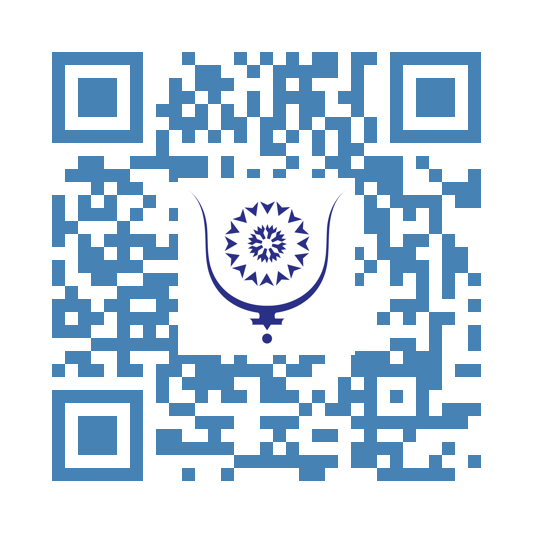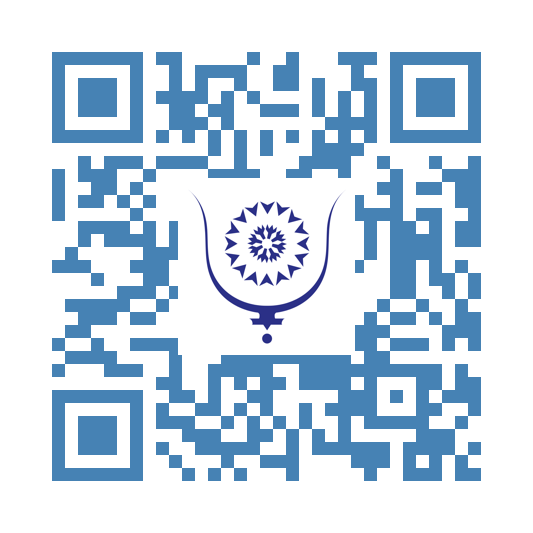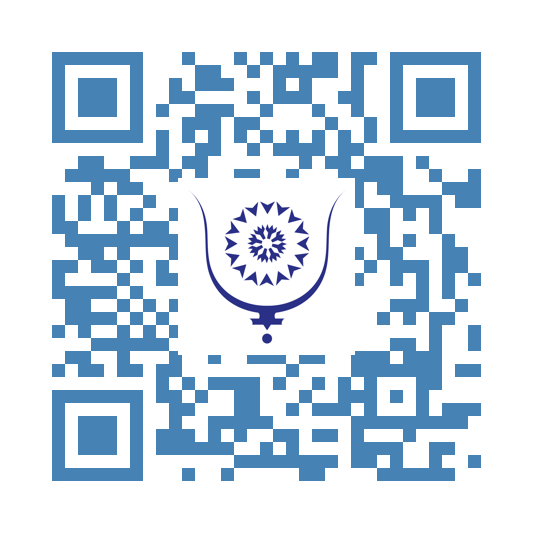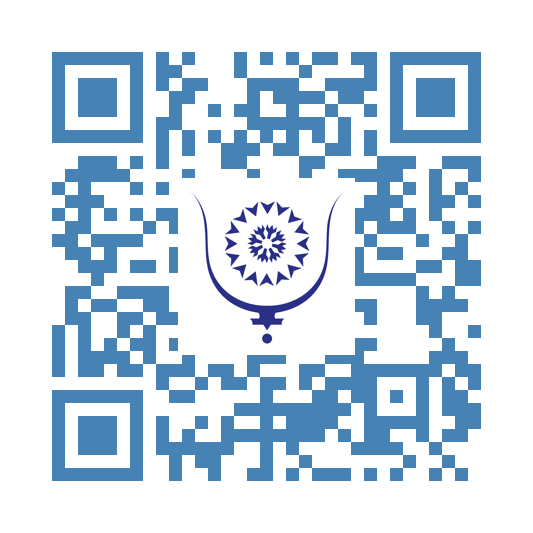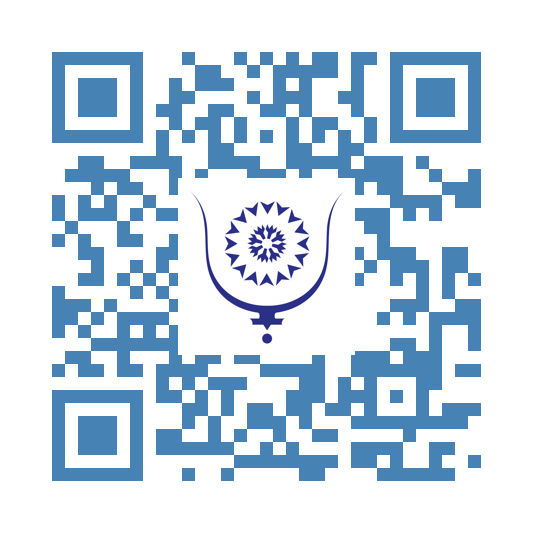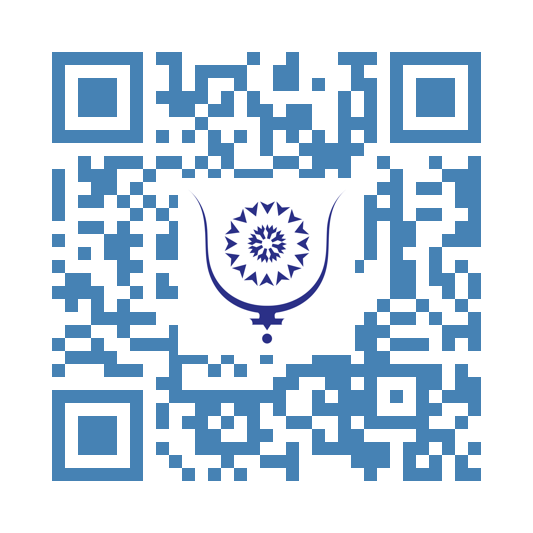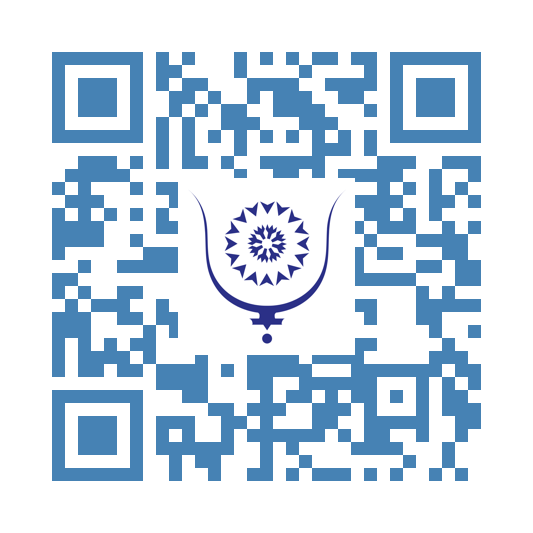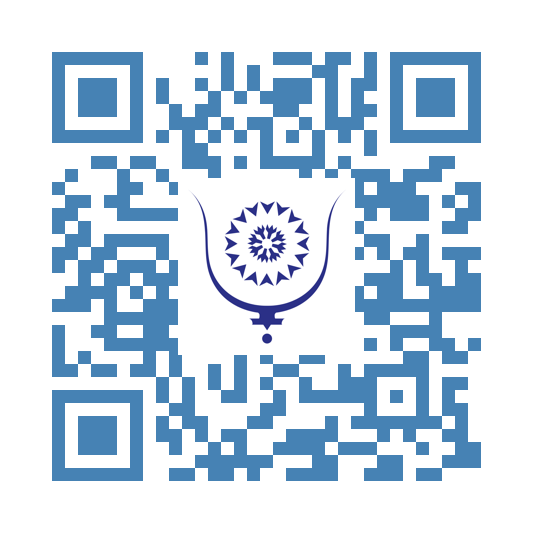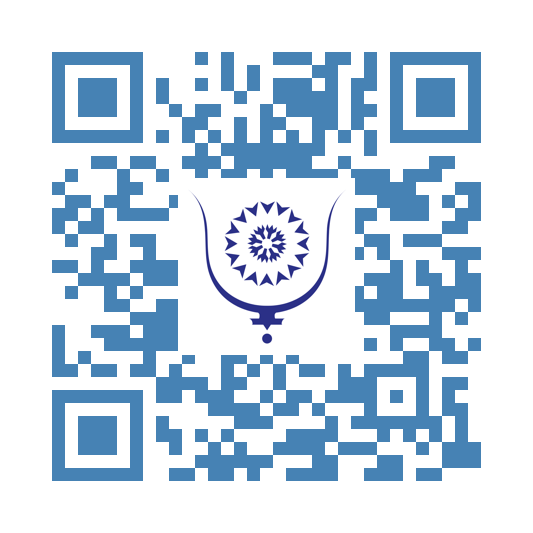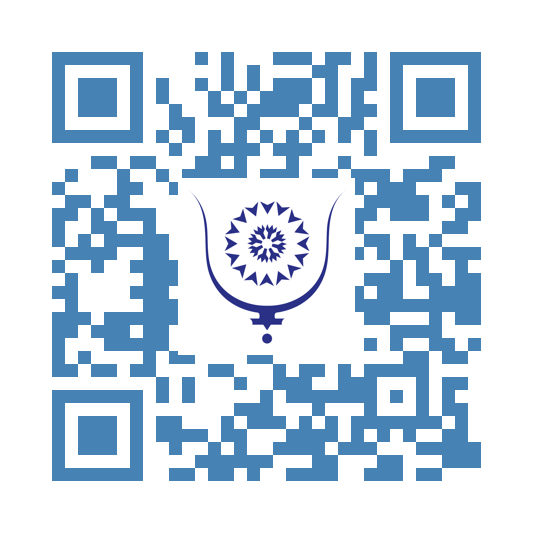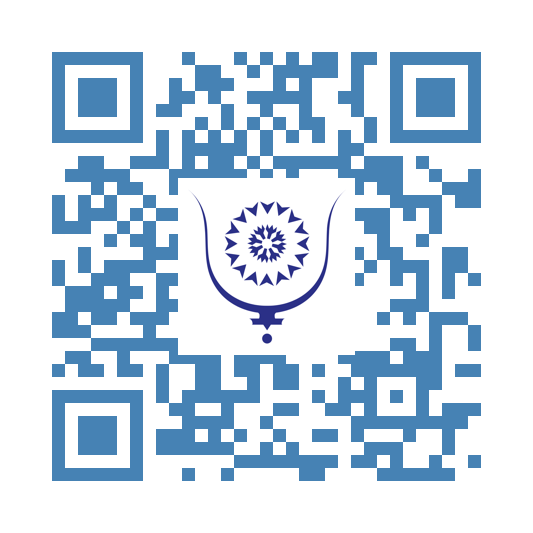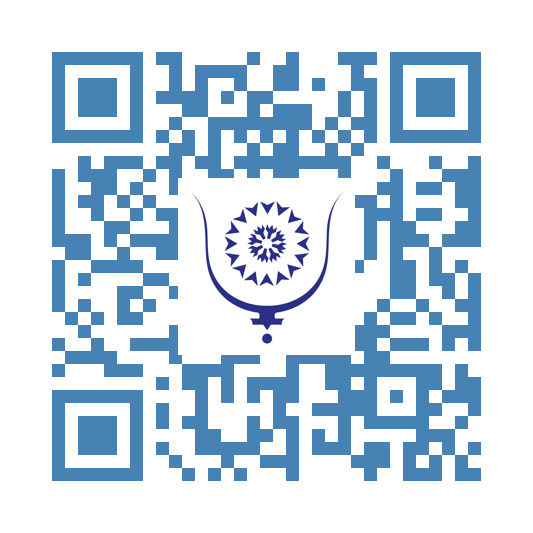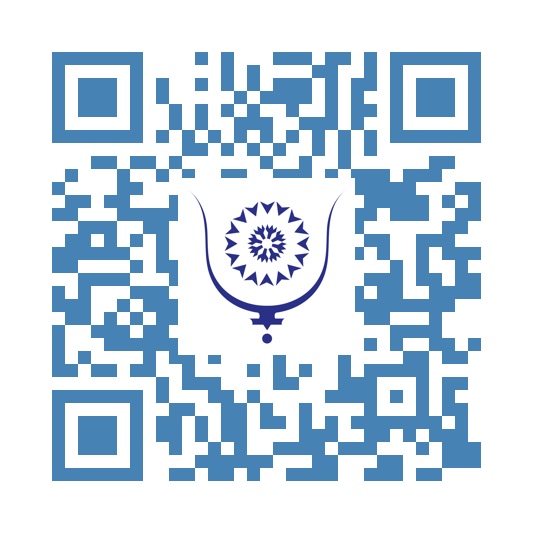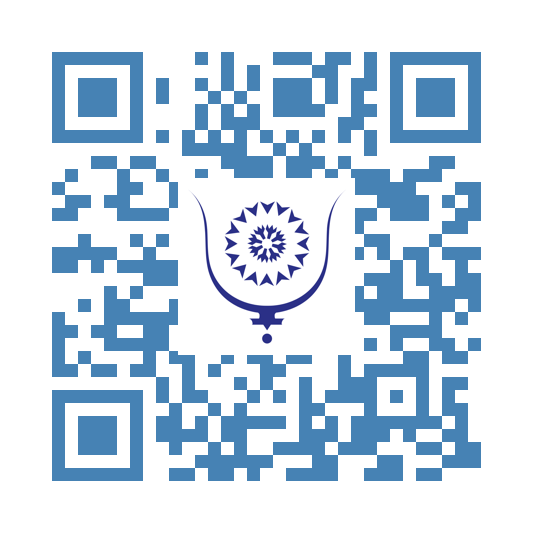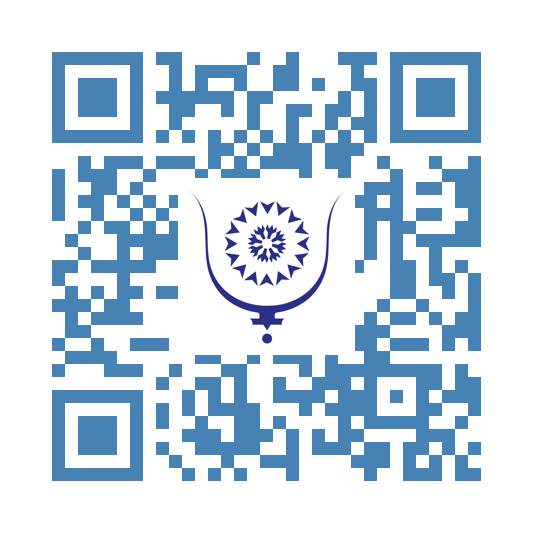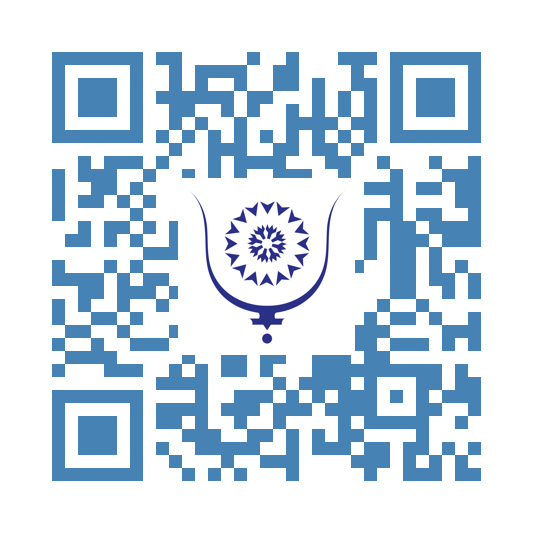Third Paradoxist Manifesto by Florentin Smarandache 4981
Therefore, don't enforce any literary rules on me! Or, if you do, I'll certainly encroach upon them. I'm not a poet, that's why I write poetry.
I'm an anti-poet or non-poet.
I thus came to America to re-build the Statue of Liberty of the Verse, delivered from the tyranny of the classic and its dogma.
I allowed any boldness:
- anti-literature and its literature;
- flexible forms fixed, or the alive face of the death!
- style of the non-style;
- poems without verse
(because poems don't mean words)- dumb poems with loud voice;
- poems without poems (because the notion of "poem" doesn't match any definition found in dictionaries or encyclopedias) - poems which exist by their absence;
- after-war literature: pages and pages bombed by filthiness, triteness, and non-poeticality;
- paralinguistic verse (only!): graphics, lyrical portraits, drawings, drafts...
- non-words and non-sentence poems;
- very upset free verse and trivial hermetic verse;
- intelligible unintelligible language;
- unsolved and open problems of mathematics like very nice poems of the spirit - we must scientificize the art in this technical century;
- impersonal texts personalized;
- electrical shock;
- translation from the impossible into the possible, or transformation of the abnormal to the normal;
- pro Non-Art Art;
- make literature from everything, make literature from nothing!
The poet is not a prince of ducks! The notion of "poetry" and its derivatives have become old-fashioned in this century, and people laugh at them in disregard. I'm ashamed to affirm that I create lyrical texts, I hide them. People neither read nor listen to lyrical texts anymore, but they will read this volume because it's nothing to read!
However, the Paradoxist Movement is neither nihilism, nor disparity.
The book of the non-poems is a protest against art's marketing.
Do you writers sell your feelings? Do you create only for money??
Only books about crimes, sex, horror are published. Where is the true Art?
In begging... .
You may find in this book of uncollected poems everything you don't need and don't like: poems not to be read, not to be heard, not to be written at all!
Enjoy them. Only after nuisance you really know what pleasure means.
They provide a mirror of everybody's infinite soul. Art, generally speaking, is pushed up to its last possible frontiers toward non-art, and even more...
Better a book of blanc pages, than one which says nothing.
A very abstract and symbolic language is further used, but very concrete at the same time: non-restrictive verse from any form or content. It takes advantage of cliche against itself.
EVERYTHING IS POSSIBLE, THEREFORE: THE IMPOSSIBLE TOO! Hence don't wonder about this anti-book! If you don't understand it, that means you understand all. That is the goal of the manifesto. Because Art is not for the mind, but for feelings. Because Art is also for the mind.
Try to interpret the un-interpretable! Your imagination may flourish as a cactus in a desert.
But, The American Manifesto of the PARADOXISM is especially a revolt of the emigrant to the United States who doesn't speak English, against the language - an anti-language book written in more than a broken English (the American speech of Tomorrow?)...
[From the book: NonPoems, by Florentin Smarandache, Xiquan Publishing House, Phoenix, Chicago, 1991, 1992, 1993;
the volume contains very experimental so called , such as:
- poems without verse;
- poems without poems;
- poem-drafts;
- drawn-poems;
- poems in Pirissanorench (language spoken in the South-West of the United States by a single person);
- super-poems;
- graphic poems;
- upset-poems.]
You are leaving Bluwr.
We cannot guarantee what's on the other side of this link:

